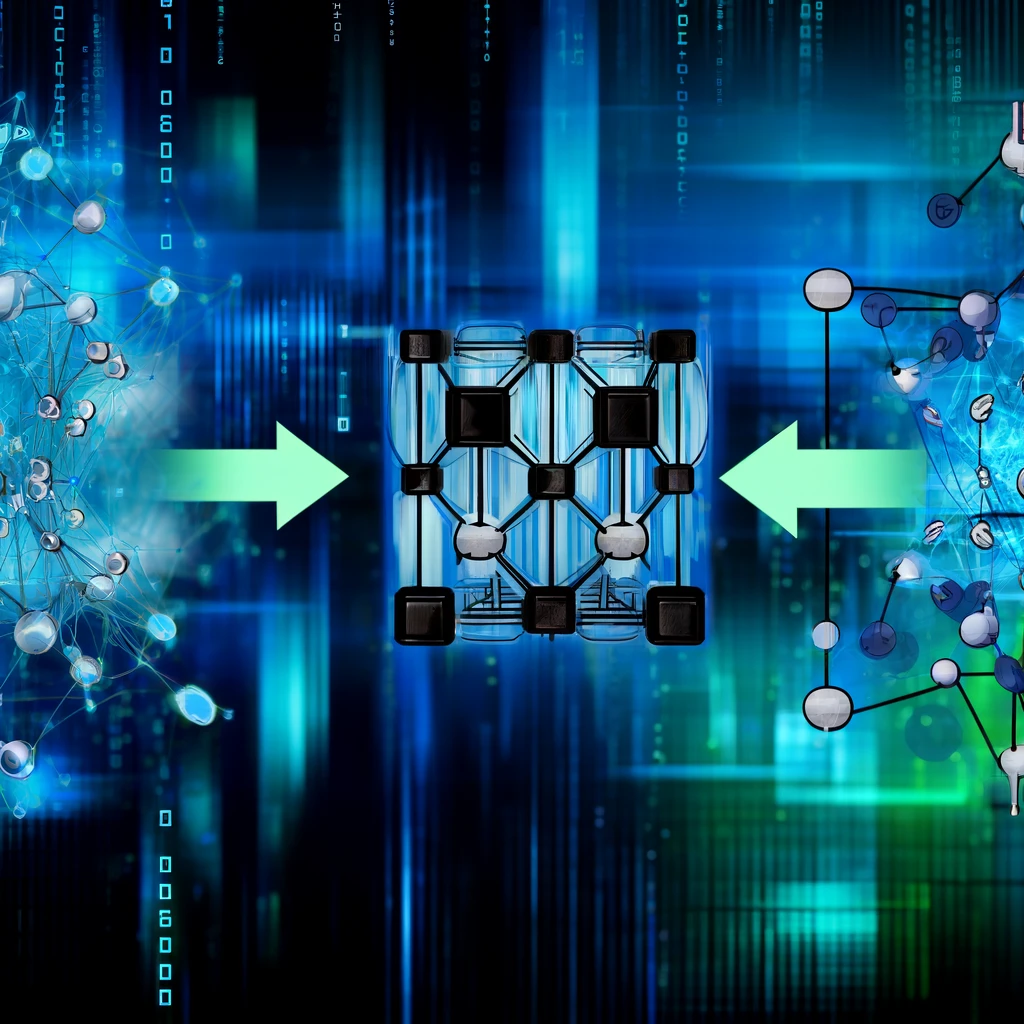Understanding LoRA - Low-Rank Adaptation for Efficient Machine Learning

In the evolving landscape of machine learning, the quest for more efficient training methods is constant. One such innovation that has gained attention is Low-Rank Adaptation (LoRA). This technique introduces a clever way to optimize the training process by decomposing the model’s weight matrices into smaller, more manageable components. In this post, we’ll delve into the workings of LoRA, its benefits, and its potential applications.
What is LoRA?
Low-Rank Adaptation, or LoRA, is a technique designed to enhance the efficiency of training large machine learning models. Traditional training methods involve updating the entire weight matrix of a model, which can be computationally intensive and time-consuming. LoRA offers a solution by decomposing these weight matrices into two smaller, lower-rank matrices. Instead of training the full weight matrix, LoRA trains these smaller matrices, reducing the computational load and speeding up the training process.
How Does LoRA Work?
To understand LoRA, let’s break down its process into simpler steps:
-
Decomposition of Weight Matrices:
- In a neural network, weights are typically represented by large matrices. LoRA decomposes these weight matrices into the product of two smaller matrices: ( W \approx A \times B ), where ( W ) is the original weight matrix, and ( A ) and ( B ) are the decomposed low-rank matrices.
-
Training the Low-Rank Matrices:
- Instead of updating the full weight matrix ( W ) during training, LoRA updates the smaller matrices ( A ) and ( B ). Since these matrices are of lower rank, they have significantly fewer parameters than ( W ), making the training process more efficient.
-
Reconstructing the Weight Matrix:
- After training, the original weight matrix ( W ) can be approximated by multiplying the trained low-rank matrices ( A ) and ( B ). This approximation is often sufficient for the model to perform well, while requiring less computational power.
Benefits of LoRA
LoRA offers several advantages that make it an attractive option for machine learning practitioners:
-
Computational Efficiency:
- By reducing the number of parameters that need to be updated during training, LoRA significantly cuts down on computational resources and training time.
-
Memory Savings:
- The smaller low-rank matrices consume less memory, which is particularly beneficial when training large models on hardware with limited memory capacity.
-
Scalability:
- LoRA makes it feasible to train larger models or to train existing models on larger datasets, thereby improving their performance and generalization.
-
Flexibility:
- The decomposition approach of LoRA can be applied to various types of neural networks, including convolutional and recurrent neural networks, making it a versatile tool in the machine learning toolkit.
Potential Applications of LoRA
LoRA’s efficiency and flexibility open up a range of applications across different domains:
-
Natural Language Processing (NLP):
- Large language models, such as BERT and GPT, can benefit from LoRA by reducing training time and computational costs, enabling more frequent updates and fine-tuning.
-
Computer Vision:
- In tasks like image classification and object detection, LoRA can help train deeper and more complex models without the prohibitive computational expense.
-
Recommendation Systems:
- LoRA can improve the training efficiency of recommendation algorithms, allowing for faster adaptation to changing user preferences and behaviors.
-
Scientific Research:
- Researchers working on large-scale simulations and data analysis can leverage LoRA to accelerate their experiments and iterate more quickly.
Conclusion
LoRA represents a significant step forward in the pursuit of efficient machine learning. By decomposing weight matrices into smaller components, it reduces the computational and memory demands of training large models, making advanced machine learning techniques more accessible and practical. As the field continues to evolve, innovations like LoRA will play a crucial role in pushing the boundaries of what’s possible with machine learning. Whether you’re working in NLP, computer vision, or any other domain, LoRA offers a powerful tool to enhance your model training process.